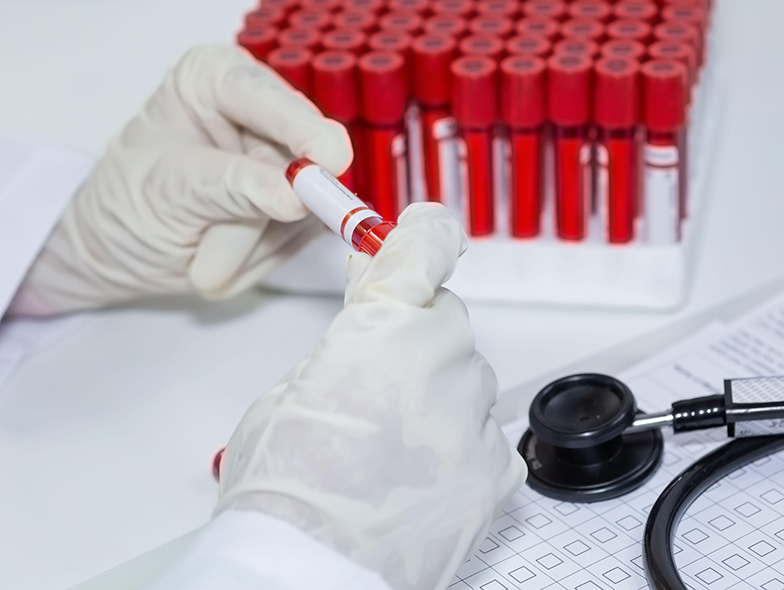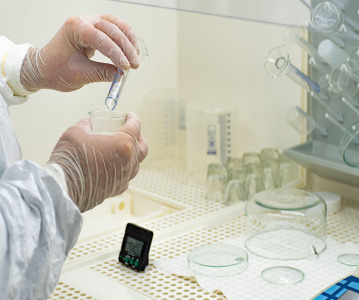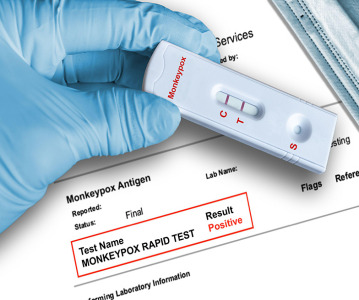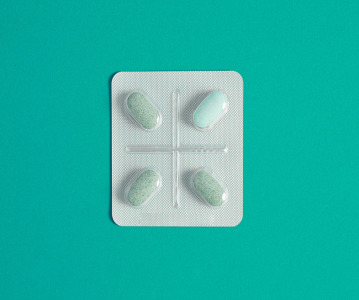Year-Round Preventive Treatment Reduces Malaria Risk in Young Children

A year-round preventive drug treatment substantially reduces young children’s risk of contracting malaria and poses no serious risk of adverse events, according to a study by researchers funded by the National Institutes of Health.
The findings demonstrate that prolonged treatment given from 6 to 24 months of age is safe and effective for young children, according to the study authors. Year-round preventive measures are badly needed in locations such as Uganda, where the study took place, and where malaria rates remain high throughout the year.
Most previous studies using drug treatment to prevent malaria have been limited to areas where there is only a seasonal risk of the disease, during the rainy season, when most malaria episodes in children occur. In those studies, preventive drug treatment was given for only a few months at most. The current study demonstrated that continuous preventive treatment can substantially reduce malaria transmission to infants, who are at greatest risk of severe malaria and death.
The study was conducted by Grant Dorsey, MD, of the University of California, San Francisco (UCSF) at San Francisco General Hospital, with colleagues from UCSF and the Infectious Diseases Research Collaboration, Kampala, Uganda, and Makerere University College of Health Sciences, also in Kampala. The researchers published their findings online in PLOS Medicine.
“This study has identified an effective measure for reducing the incidence of malaria in children living in an area with high rates of the disease,” said Lynne Mofenson, MD, chief of the Maternal and Pediatric Infectious Disease Branch at the NIH’s Eunice Kennedy Shriver National Institute of Child Health and Human Development (NICHD), which provided funding for the study.
Dr Mofenson said malaria poses a greater threat to children below 3 years of age than to older children. Malaria in children under age 3 is more likely to be fatal than in older children. In younger children, also, the disease may affect the brain and either prove fatal or result in brain damage.
“It’s better to try to prevent a potentially fatal illness than it is to wait until the child gets the illness and is at increased risk for dying,” Dr Mofenson added. Older children are considered to be less at risk from malaria because they tend to develop natural immunity against the disease as they get older.
The researchers found that a monthly dose of dihydroartemisinin-piperaquine (DP) was the most effective of three anti-malaria drugs at reducing malaria risk in children from 6 months to 24 months of age. The other two study drugs — monthly sulfadoxine-pyrethamine (SP) or daily trimethoprim-sulfamethoxozole (TS) — have been in use longer, and in many locations the malaria-causing parasite has developed a resistance to them. The researchers conducted the study to determine if the benefits of treatment outweighed the potential risk of anemia and other side effects from the drugs.
“When you’re giving drugs to prevent the disease, you have a much higher bar for safety,” Dr.Dorsey said. “When the drugs are given longer term, you may have an increased risk of side effects to contend with.”
Related News
-
News CPHI Frankfurt 2022: Innovator Interview – DSM Biomedical
At CPHI Frankfurt we spoke to Anne-Cecile Bayne, Global Science & Innovation Lead Pharma and Medical Nutrition, and Marc Hendriks, Vice President Strategy & Business Development, on their expertise in nitrosamines and business strategy at DSM Biomedica... -
News New WHO health emergency guidelines expect full transparency from Big Pharma
The WHO are proposing a new set of pandemic guidelines to set out how future global health crises should be handled. -
News Magic mushrooms could be used to treat mental health conditions
A compound found in magic mushrooms, psilocybin, could be used to treat mental health conditions and help patients suffering with severe depression, as shown by the results of the largest study of its kind to date. -
News UK-based partnership to launch DETERMINE study into rare cancer research
UK-based CRO Quanticate is set to partner with Cancer Research UK for the launch of the DETERMINE study focused on testing a range of existing and approved drugs and therapies on rare cancers. -
News FDA approves Thermo Fisher blood tests for wheat and sesame allergies
Both tests have been approved by the US regulator for in vitro diagnostic use -
News QIAGEN launches world’s first syndromic test for monkeypox
The test can distinguish between monkeypox and other diseases that cause similar symptoms. -
News Monkeypox Update: Vaccine shortage, sewage surveillance and global testing
As concern over the monkeypox outbreak continues to rise, we take a look at major developments from the first week of August. -
News CPHI Podcast Series: The importance of novel excipients for innovative drug development
The latest episode in the CPHI Podcast Series dives into the world of novel excipients and explores their importance for innovative drug development.
Position your company at the heart of the global Pharma industry with a CPHI Online membership
-
Your products and solutions visible to thousands of visitors within the largest Pharma marketplace
-
Generate high-quality, engaged leads for your business, all year round
-
Promote your business as the industry’s thought-leader by hosting your reports, brochures and videos within your profile
-
Your company’s profile boosted at all participating CPHI events
-
An easy-to-use platform with a detailed dashboard showing your leads and performance

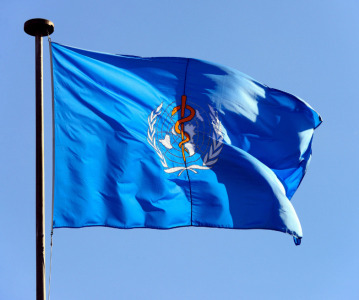
.png)

